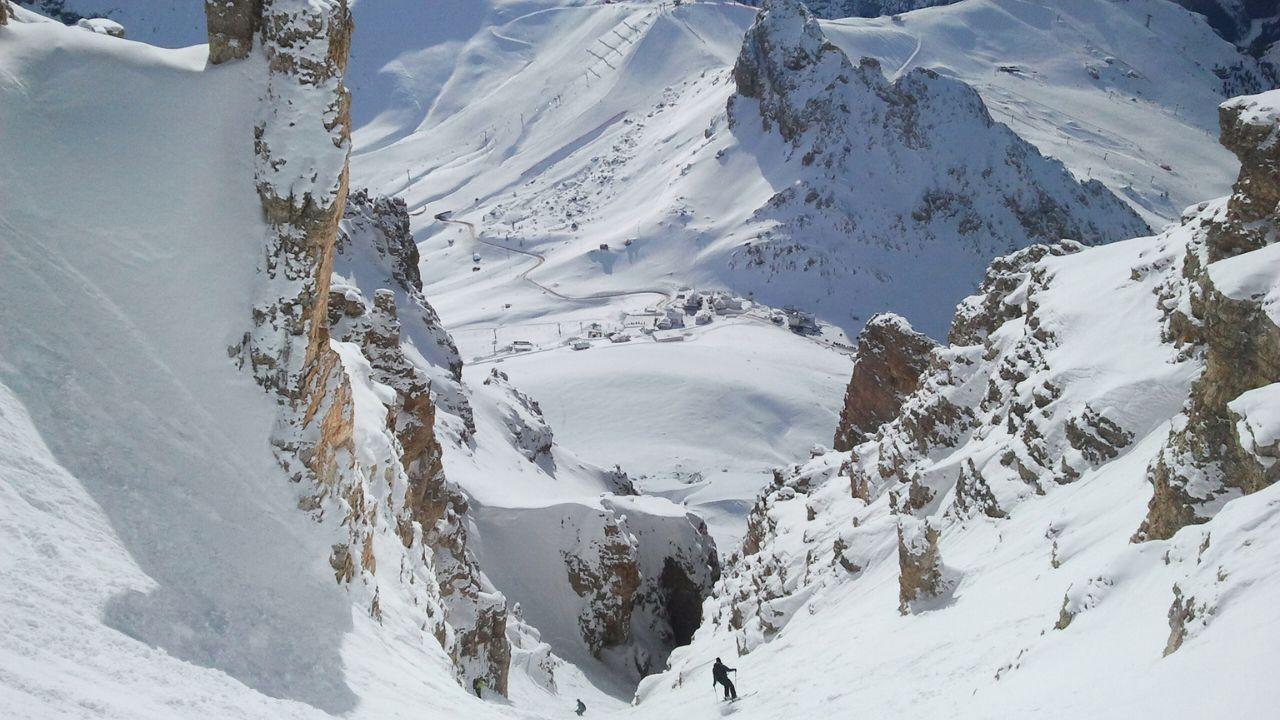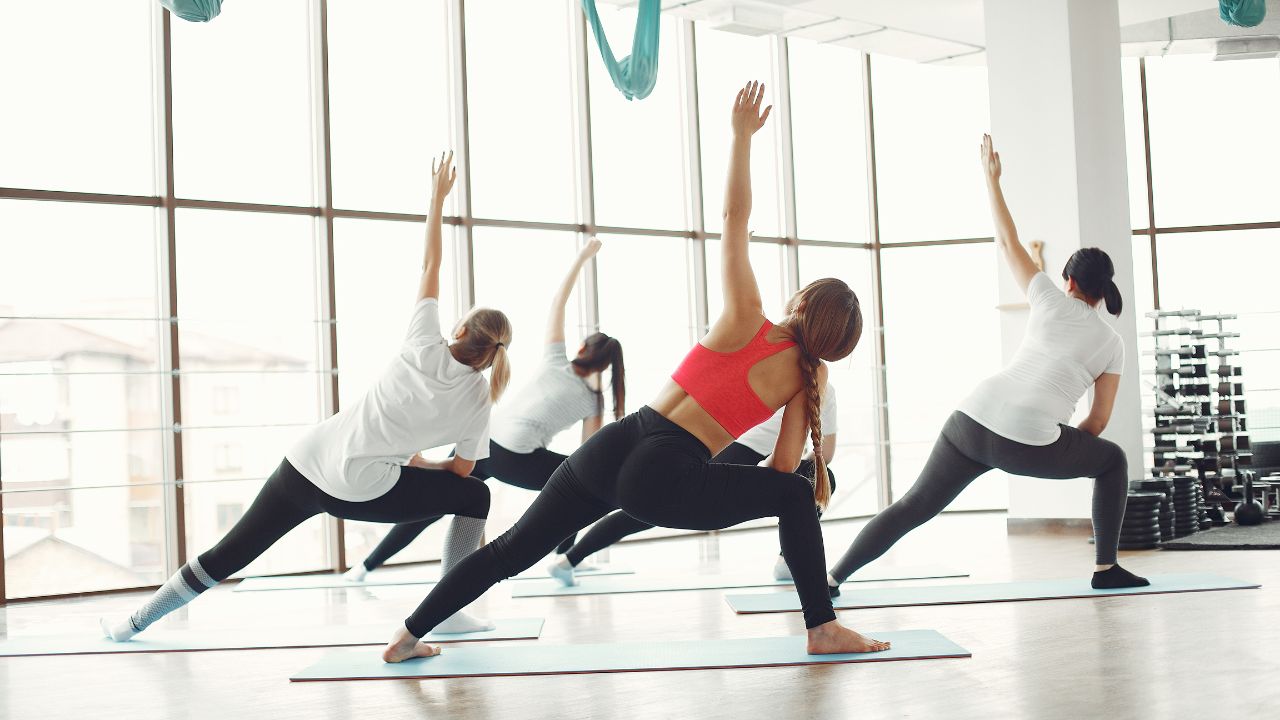How to maximize your physical preparation to excel in freeride skiing?
In this article, we will explore the secrets of effective physical preparation, designed specifically to excel in the art of freeride skiing.

The importance of physical preparation ski Freeride
Freeride skiing is not only about skill and passion, but also about physical preparation. To face demanding slopes and unpredictable conditions, proper physical preparation is essential.
Physical preparation is crucial for freeride skiing, a discipline that requires not only excellent technique, but also exceptional strength, endurance and agility. Off-piste, skiers face varied and often unpredictable terrain, from steep slopes to uneven surfaces. Proper physical preparation not only increases performance on these challenging terrain, but also significantly reduces the risk of injury.
By strengthening muscles, improving coordination and increasing flexibility, skiers can better respond to the unique off-piste challenges. This includes the ability to make fast turns, maintain balance on uneven surfaces, and absorb shocks due to jumps or sudden changes in terrain. Physical preparation is therefore an essential component to fully enjoy the freeride skiing experience, maximizing performance and minimizing risks.
The fundamentals of freeride ski training
Ski fitness: key to performance
Fitness is the cornerstone of freeride ski performance. Specific exercises, focused on strength, endurance and flexibility, can make a significant difference in your practice. Good ski fitness is crucial for several reasons:
- Improved performance: Good physical condition allows skiing with more skill and confidence, especially on the difficult and unpredictable terrain typical of freeride;
- Injury prevention: Muscle building and endurance help prevent injuries, which are more common in demanding off-piste conditions;
- Increased endurance: Freeride skiing often requires intense physical effort over long periods. Good physical condition helps maintain a high level of performance without rapid fatigue;
- Better responsiveness: The ability to react quickly and effectively to sudden changes in terrain is enhanced by good physical condition;
- Agility and flexibility: These qualities are essential for navigating varied terrain and performing complex freeride skiing maneuvers.
Freeride ski exercises for agility and strength
Targeted exercises for freeride skiing not only improve your agility on the slopes, but also strengthen key muscles for skiing, such as quadriceps, hamstrings and calves.
- Squats: this exercise strengthens the quadriceps, essential for downhill control. Vary between classic squats and one-leg squats for an extra challenge;
- Lunges: perfect for working on balance and leg strength, lunges target quadriceps, hamstrings and glutes;
- Plyometrics: plyometric jumps improve agility and explosive power, crucial for fast freeride maneuvers;
- Stability Exercises: Use equipment such as Bosu balls or balance boards to improve body stability and control;
- Calf Raises: strengthen calves, important for stabilization and maneuverability on skis;
- Core exercises: exercises such as boards, oblique crunches, and Russian rotations strengthen the core, essential for strength and balance when skiing;
- Flexibility and stretching: Incorporate stretching sessions regularly to improve flexibility and reduce the risk of injury.
Fitness for skiers: effective exercise routine
For skiers, integrating a fitness routine is crucial. Cardio exercises, such as running or cycling, improve endurance, while yoga or Pilates increase flexibility, which is essential to prevent injuries.

Muscle building techniques ski
A solid muscle building program is essential for freeride skiers. This involves exercises like squats, deadlifts and lunges, which strengthen the legs, back and trunk.
Muscle building techniques are essential for freeride skiers, as they increase the strength and stability needed in demanding ski conditions. In addition to squats, deadlifts, and lunges, which are excellent exercises for strengthening the legs, back, and core, it is also beneficial to incorporate:
- Free weight exercises: Use dumbbells or kettlebells to perform movements that mimic those of skiing, such as swings or snatches;
- Circuit training: Combine strength exercises with cardio intervals to improve muscle endurance;
- Pilates or Yoga: These practices improve flexibility and core strength, crucial for control and balance when skiing;
- Plyometric exercises: They develop explosive power, useful for jumps and landings in freeride.
Develop a personalized ski training program
Every skier has unique needs. Designing a personalized training program that takes into account your current level, goals and fitness is crucial for optimal preparation.
Achieve optimal performance in freeride skiing
To excel in freeride skiing, it is essential to combine technique and physical condition. This includes working on specific aspects such as grip strength, coordination and balance.
Building endurance for freeride skiing
Endurance is a key component for freeride. Endurance activities, such as long-distance running or cycling, are excellent for improving cardiovascular endurance, an asset on the slopes.
In conclusion, a rigorous and well planned physical preparation is essential to maximize your performance in freeride skiing. By incorporating a combination of strength training, endurance and flexibility, you will be ready to face the challenges of the snowy slopes.
Your ski rental freeride
On Freeride.fr, we are specialized in the rental of freeride and snowboard equipment. We offer equipment from leading brands suitable for lovers of off-piste and fresh snow. Our customers can book their ski equipment online and choose from several ski destinations. We also focus on the community of freeride enthusiasts, encouraging users to share their experiences on social networks. In addition, we offer practical information and tips for freeride enthusiasts, including guides on off-piste safety and equipment selection.